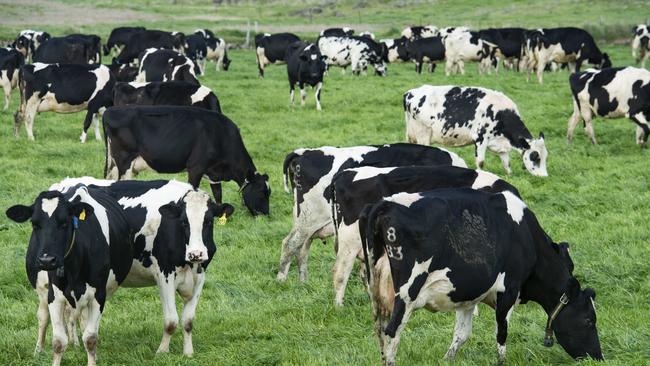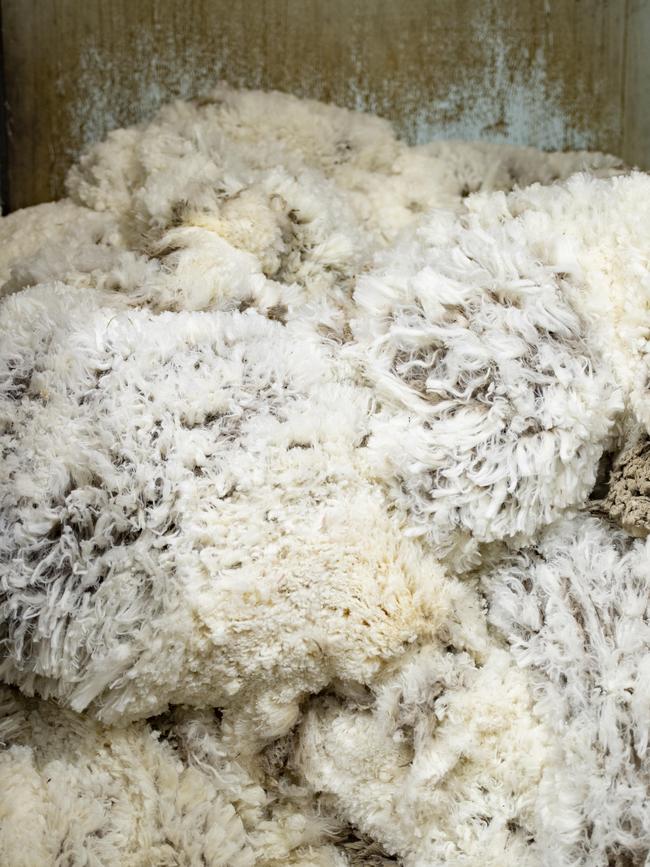ABS census: Australia’s agricultural production reaches $71 billion
The country’s richest farming regions for cattle, sheep, dairy, horticulture and cropping have been revealed. See the figures.
Drought-breaking rain has seen the value of Australia’s broadacre cropping industry rocket 79 per cent to $23 billion in 2020-21.
After five years of drought choking much of the nation, wetter-than-average conditions since early last year have fuelled the nation’s agricultural production to climb 17 per cent to $71 billion, according to the Australian Bureau of Statistics’ agricultural census.
The data, released on Tuesday, reveals NSW is leading the charge, with the state’s gross value of agricultural production soaring 61 per cent to $18 billion.
By early 2021, 96 per cent of NSW had slipped out of drought that had cut agricultural output to its lowest level in a decade.
But the improved growing conditions saw farmers in the state, the country’s largest wheat producer, to increase land sown to the crop, leading to a tripling of yields and NSW recording a seven-fold increase in production to 13 million tonnes in 2020-21, up from 1.8 million tonnes in the previous year.
Grain Growers chair Brett Hosking said the result was a testament to growers’ resilience, “to turn around so quickly off the back of some very tough years”.
Western Australia also experienced better seasonal conditions, which saw the wheat belt lead the nation as the region with the greatest output, at $1.83 billion tonnes. This was followed by WA Outback, with $1.09 billion, and NSW’s Far West and Orana, with $944.6 million.

Victoria retains the title of Australia’s dairy heartland, with the Warrnambool region the main driver of milk money.
South-west Victoria generated more than a $1 billion in dairy revenue during the 2020-21 financial year, just edging out Gippsland, which pumped out $928 million during the same period.
While Australia no longer boasts the sizeable national flock figures of the 1950s and ‘60s, the agricultural census has indicated a turn in fleece fortunes.

A national flock nadir of 63.5 million head was recorded in 2019-20, but that figure has inched back to above 68 million as of the latest figures recorded in the 2020-21 financial year.
However, the most recent flock numbers are still down on the 2016-17 headcount of 72 million, or 180 million in the 1970s floor price era.
Again WA’s Wheat Belt led the charge alongside Victoria’s Warrnambool and South West region, recording $465.5 million worth of wool production, followed by South Australia’s South East region, which produced $213.2 million.
Nationally, the beef herd increased 4 per cent to 22 million head with Queensland up 2 per cent to 10.6 million head and NSW up 15 per cent to 4.1 million head.
Outback Queensland, home to one of Australia’s largest beef cattle producers AACo, remains the nation’s beef powerhouse, with production of well over $2 billion. Darling Downs-Maranoa and Central Queensland weren’t far behind, with production of just over $1 billion each.
The gross value of livestock disposals and livestock products was down 5 per cent, as many graziers used to better seasonal conditions to rebuild their stocks.
As the nation’s largest sheep meat producer, Victoria was unsurprisingly the engine room of the industry. The value of production in Warrnambool and South West Victoria topped the nation, at $646 million, ahead of the state’s North West region ($528.2 million) and WA’s Wheat Belt ($493.6 million).
Meanwhile, more fruit was grown in Queensland’s Cairns region, worth some $714 million, than anywhere else in the nation, followed by the Mallee in Victoria and Qld’s Wide Bay.
More Coverage




